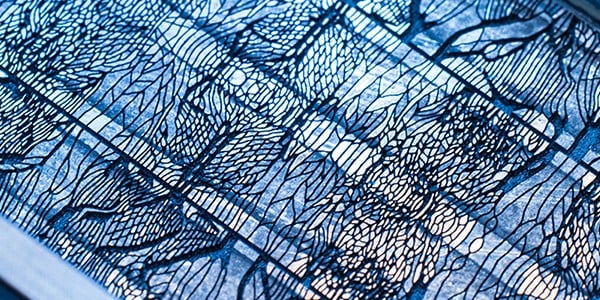Infrared Cameras Face Crisis: The Surprising Quantum Dot Solution Poised to Save Billions

What if the very technology powering your self-driving car, hospital imaging, or next-gen smartphone was on the verge of extinction—then saved by a scientific twist worthy of a sci-fi blockbuster?
Manufacturers of infrared cameras—critical for everything from autonomous vehicles to national security—are in a heated race against time and regulation. The problem? The traditional sensors at the heart of these cameras are packed with toxic heavy metals like mercury and lead, substances now facing fierce bans across the globe. As environmental regulations tighten, companies are forced into a brutal choice: stick with high-performance but hazardous tech, or sacrifice quality for greener alternatives. The result? A major slowdown in the rollout of life-changing infrared tech, even as demand skyrockets in medicine, defense, and consumer electronics. It’s a perfect storm that’s putting the brakes on innovation just when the world needs it most.
Enter a game-changing breakthrough from NYU Tandon School of Engineering. In a newly published study, researchers unveil a radical alternative: environmentally friendly quantum dots. These tiny, engineered crystals can detect infrared light without the regulatory baggage of mercury or lead—potentially rewriting the rules of the market. Unlike traditional infrared detectors, which are built with excruciating precision atom by atom (think: assembling a jigsaw puzzle with tweezers under a microscope), quantum dots are created in a solution, almost like brewing a high-tech ink. This ‘liquid science’ can be scaled up with industrial coating methods—the same tech that prints your morning newspaper—slashing costs and opening the door to mass production on a scale never seen before.
But that’s not all. The NYU team, led by Professor Ayaskanta Sahu, didn't just swap materials—they broke through another wall by making the quantum dot ‘ink’ highly conductive, thanks to a technique called solution-phase ligand exchange. Goodbye, slow and patchy films. Hello, uniform, high-speed coatings made in a single, efficient step. The result? Detectors that react to infrared signals in microseconds (hundreds of times faster than a human blink!) and can sense the faintest glimmers of light, down to a nanowatt.
Pair this with their earlier innovation—transparent electrodes made from silver nanowires, which let infrared light flow in while scooping up electrical signals—and you’ve got a potent recipe for next-gen imaging. It’s a one-two punch that could transform how we build the large-scale infrared arrays needed for tomorrow’s Teslas, drones, and smart devices, making these technologies both greener and more affordable.
Of course, the new quantum dot detectors aren’t quite ready to dethrone the heavy-metal powerhouses on every metric—yet. But with every leap in quantum dot chemistry and device engineering, the gap is shrinking. The research, which also involved Shlok J. Paul and several fellow innovators at NYU Tandon, signals a seismic shift for the industry—and it’s got the backing of the Office of Naval Research and DARPA to boot.
So, the next time your car navigates a foggy road, or your doctor spots a hidden health issue, remember: the future may not just be smarter, but cleaner too—thanks to a little quantum magic.
This has been an AI generated newscast about breakthrough technology in infrared imaging—changing the game for a cleaner, greener future.


















